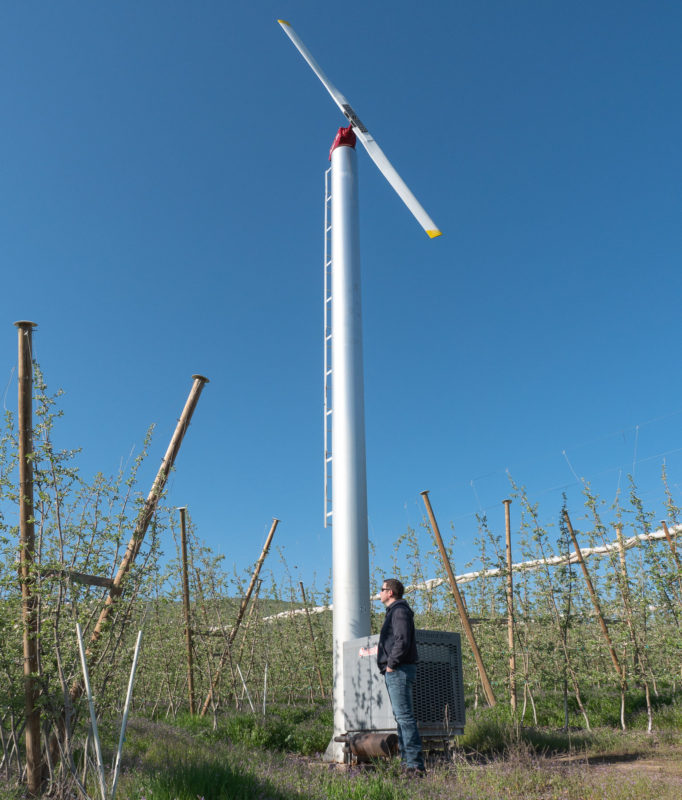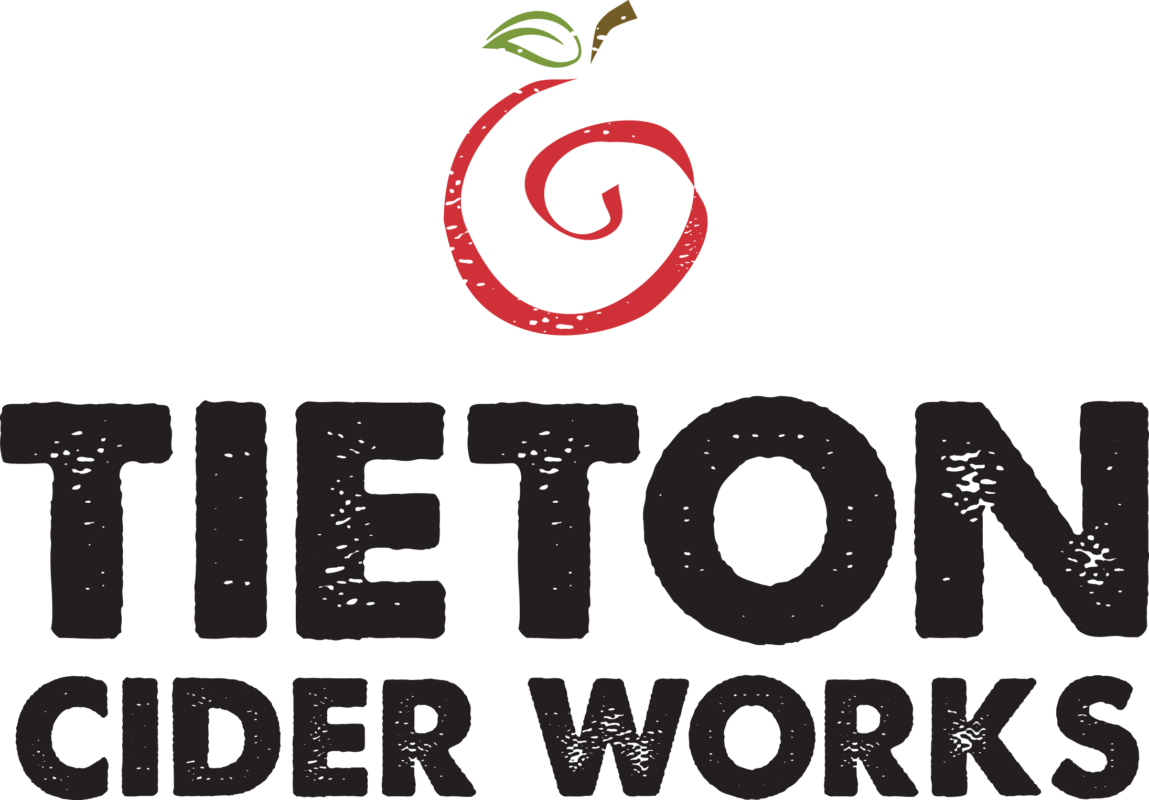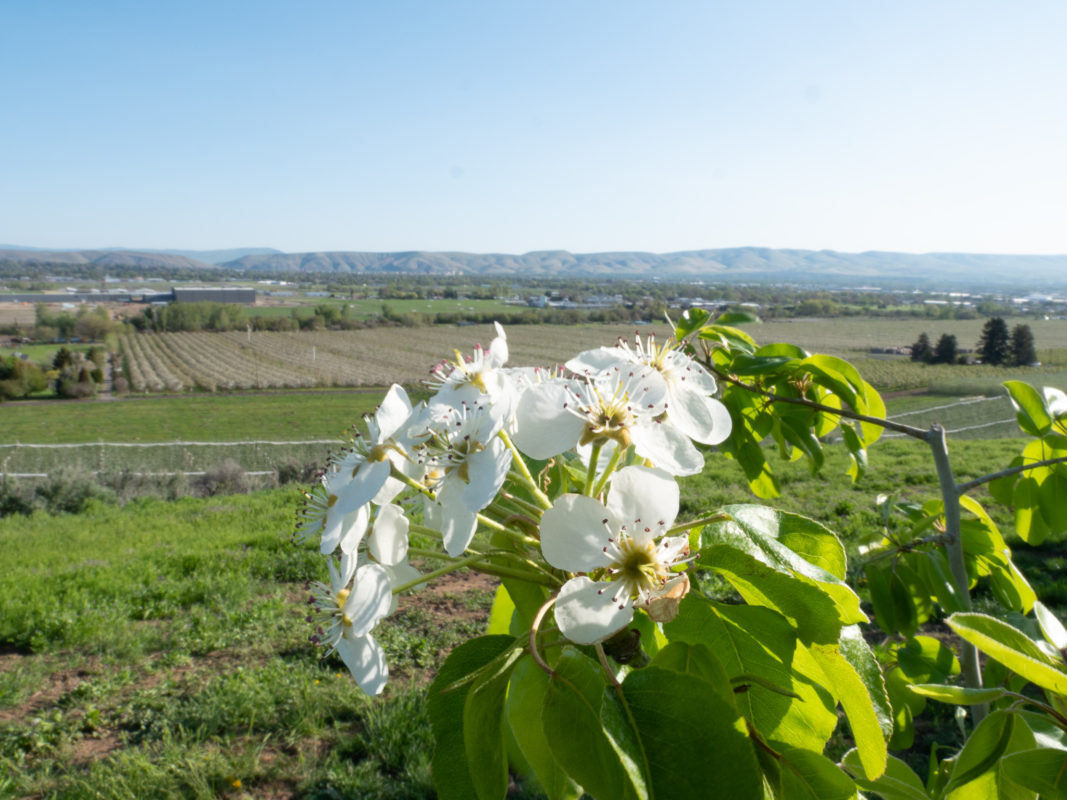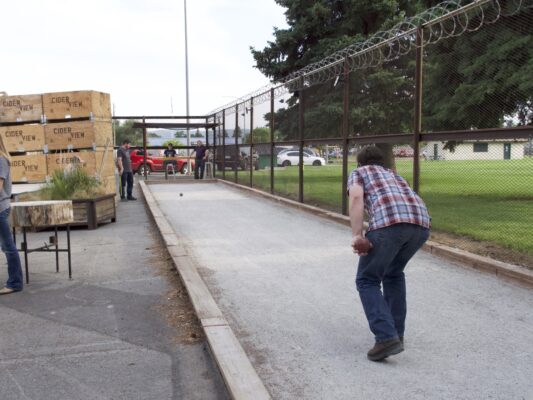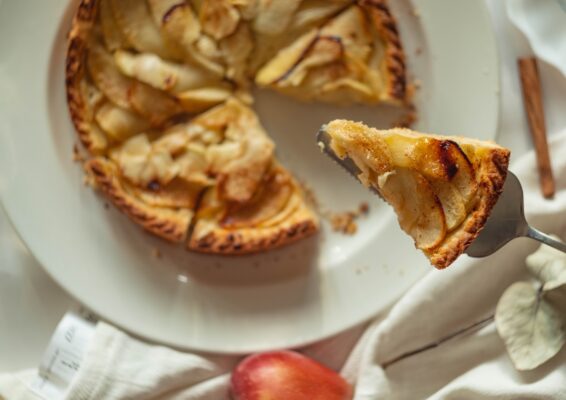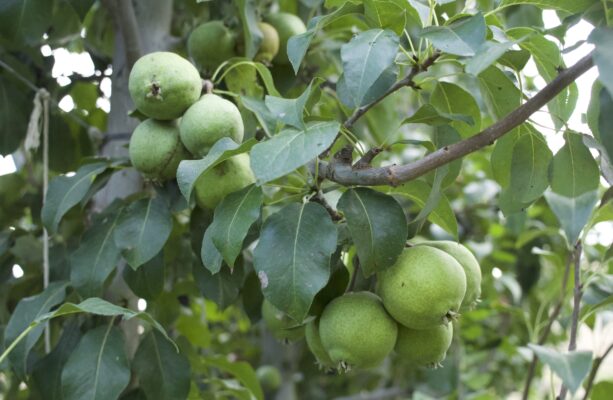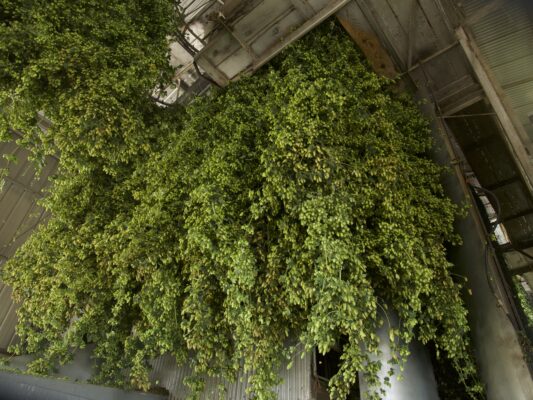Spring has finally taken residence in the Yakima Valley. Lush green carpets have overtaken the bronze hillsides and filled the orchards with a sea of soft ground-cover. Over the last month the trees have been developing their buds. First as swelling, silver-tipped knots, then to half-inch green feathers, and now into opening of the first king-blooms. This is an exciting time for the farmer. We not only get to see the potential of what the trees may bear but also begin to comprehend how meaningful our work was while the trees were sleeping.
There are a few things that must happen to ensure the trees have a successful growing season. First of which is pollination. Of course, bees do the majority of the work here but we need to make sure there are enough Apis in the orchard to get the job done. This is where the local beekeeper comes in. We rent hives from the apiary and they place them in strategic locations around the orchard(pictured on the left) to provide the easiest access for the bees to find blooms. The orchard is filled with the humming of bees doing their diligent work collecting nectar for their hives and in turn carrying pollen from bloom to bloom. Eventually, blooms will surrender to age and fall. The beekeeper will collect the hive and harvest the excess honey the bees have produced.
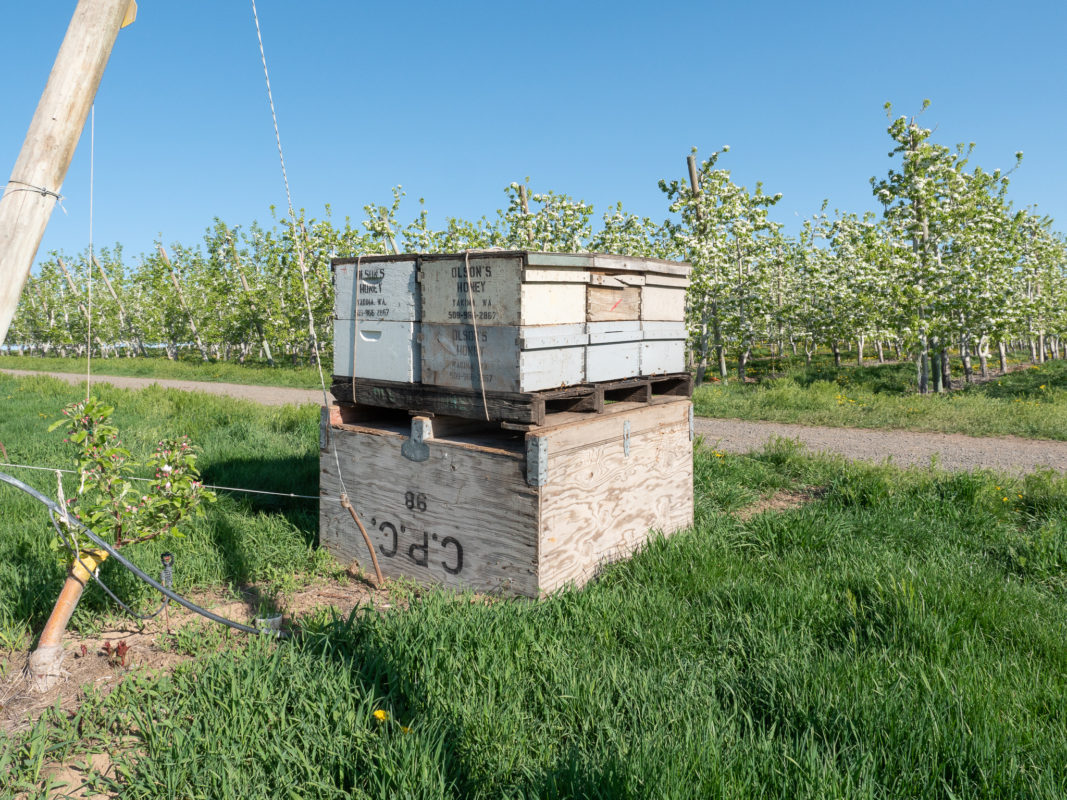
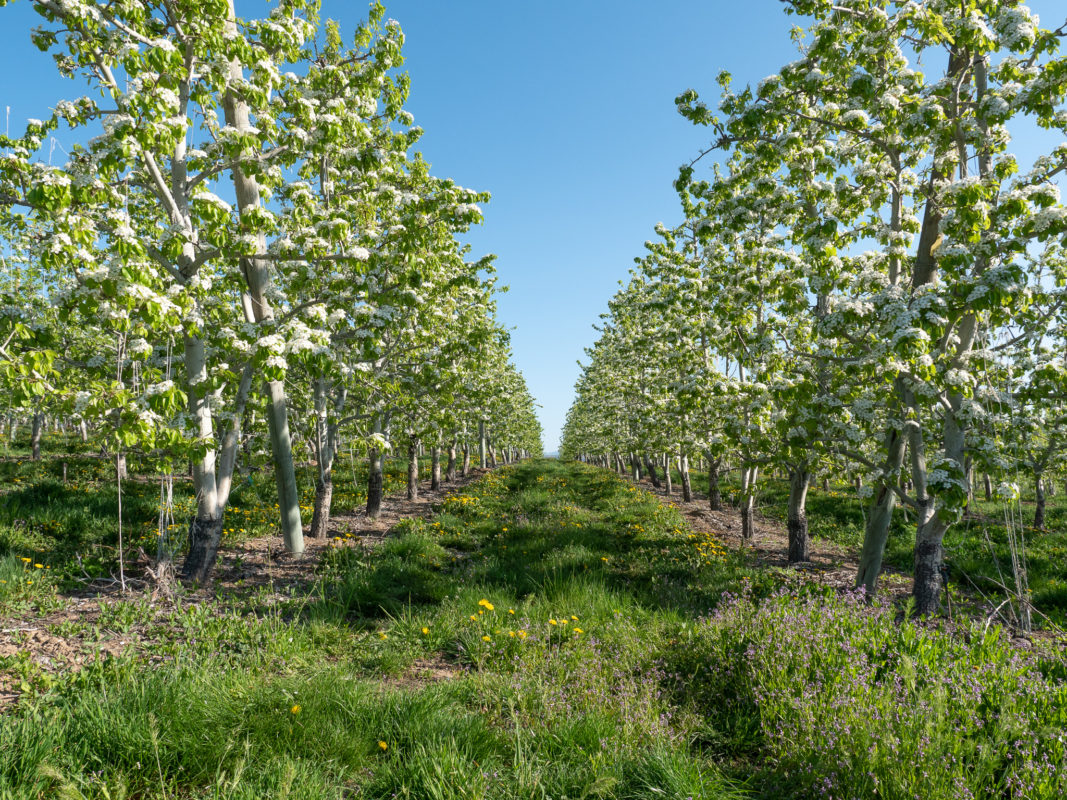
The other critical chore this time of year is ensuring the buds survive impending frosts. Our northerly climate has the potential to produce below freezing temperature at night well into May. Farmers pay close attention to the weather to judge if they will be tasked with heating the orchard and waiting for the morning sun to relieve them from a sleepless night. Watering with sprinklers and using ground heaters that burn fuel are common methods. Frost fans are also very popular because of their efficiency and ease of operation. These tall, silver towers pull warm air from an inversion layer above the orchard and mix it with the freezing air at ground level. A single fan can protect 10-14 acres of vulnerable blossoms and fruit.
